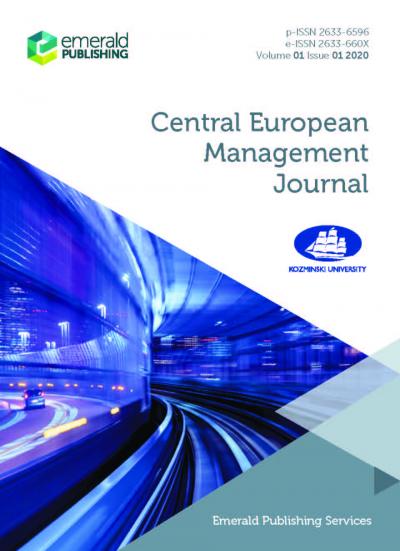Improving of Business Planning Using the Method of Fuzzy Numbers
Iryna Kostetska
Lviv National Agrarian University
2016 24 (3) Central European Management Journal
DOI 10.7206/jmba.ce.2450-7814.175







